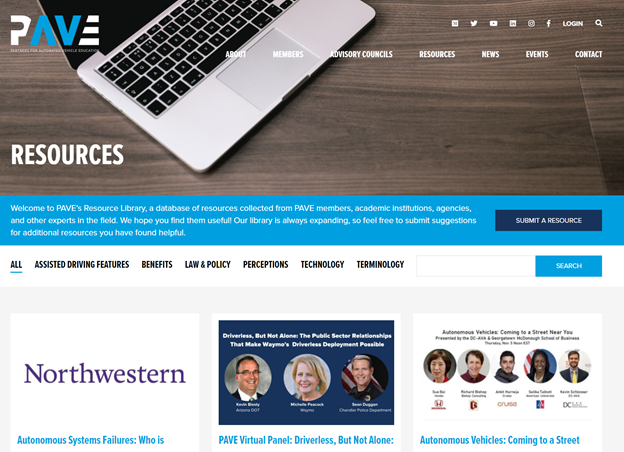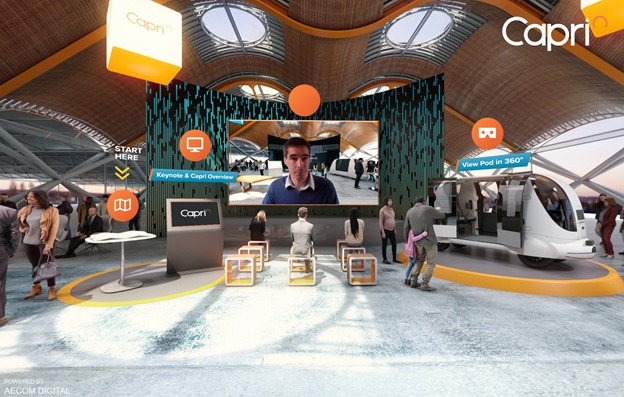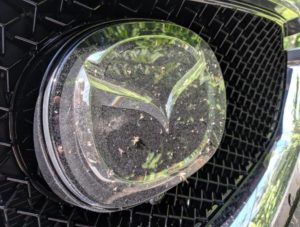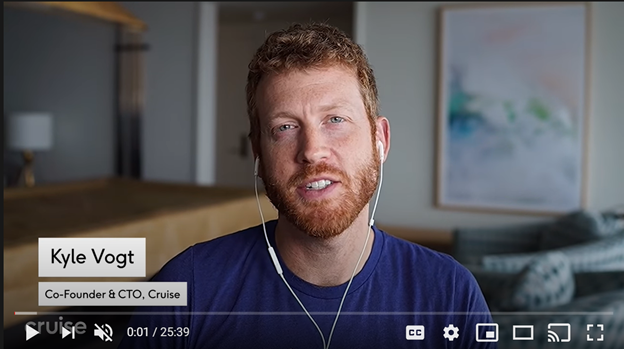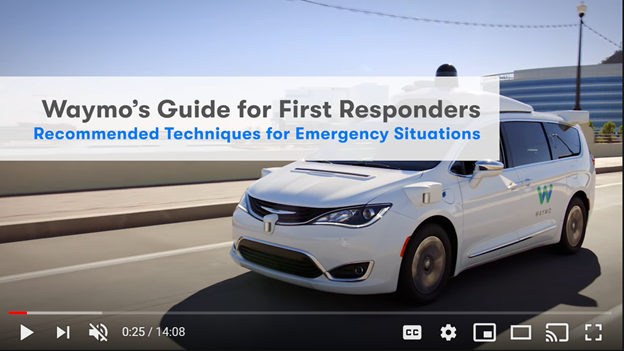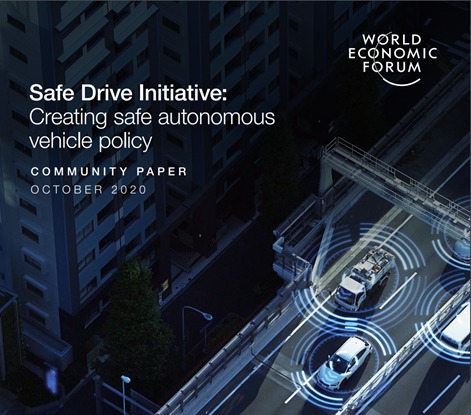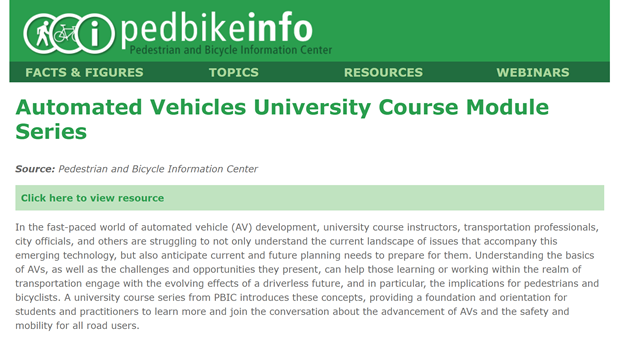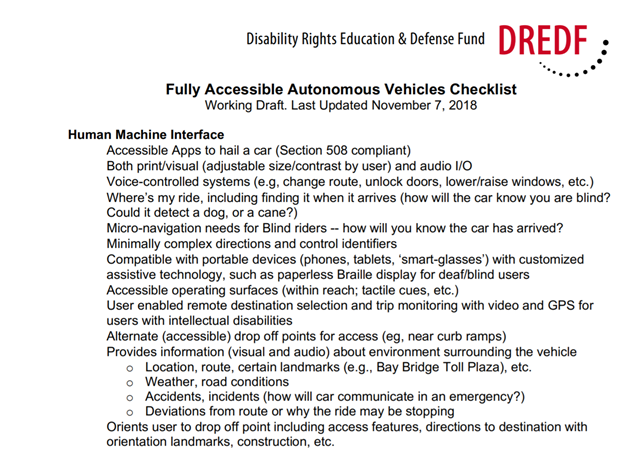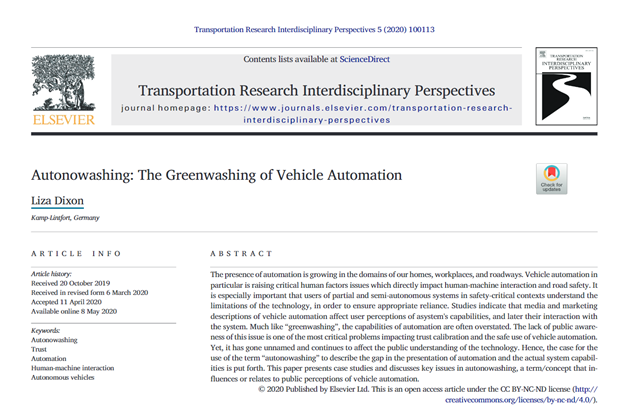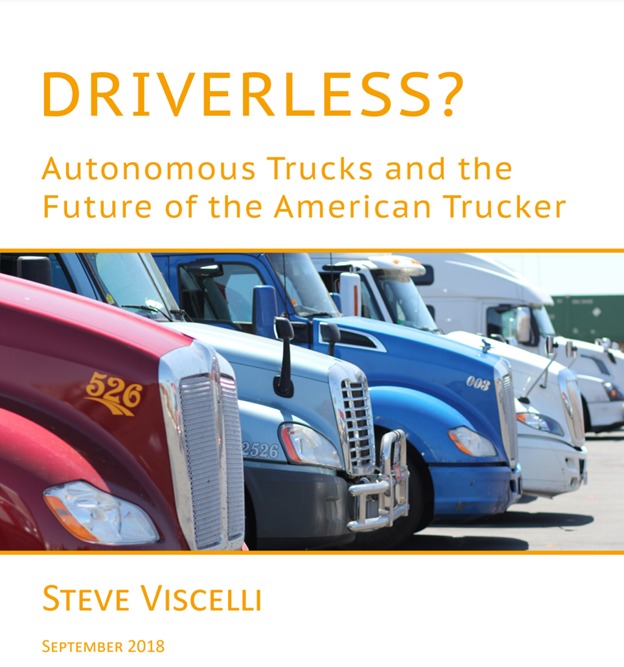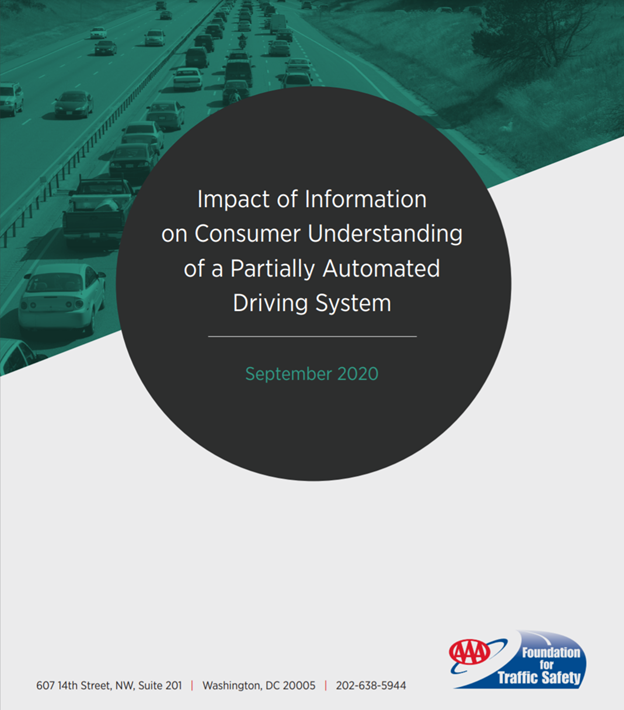By: Tabitha Colter, PAVE Director of Operations
When I first began working at PAVE in the summer of 2019, the content creation and management of a “Website 2.0” was one of the first projects I was assigned. Our initial website had served us well in 2019 when PAVE first launched at CES, but we wanted to build our platform out into a more robust source of information on AVs to support our public education campaign.
After months of work with our great web developers (a huge thank you to Sarah and the rest of the team at Ironistic!) we rolled out a new site in April this year. The new design included features like a new event page style, a new interactive member list and page for our fantastic advisory councils, as well as a PAVE Portal for exclusive member use and a resource library. I invested countless hours into each of these features and I’m proud of all of them, but one stands out for the way it so uniquely serves our educational goals at PAVE: our resource library.

